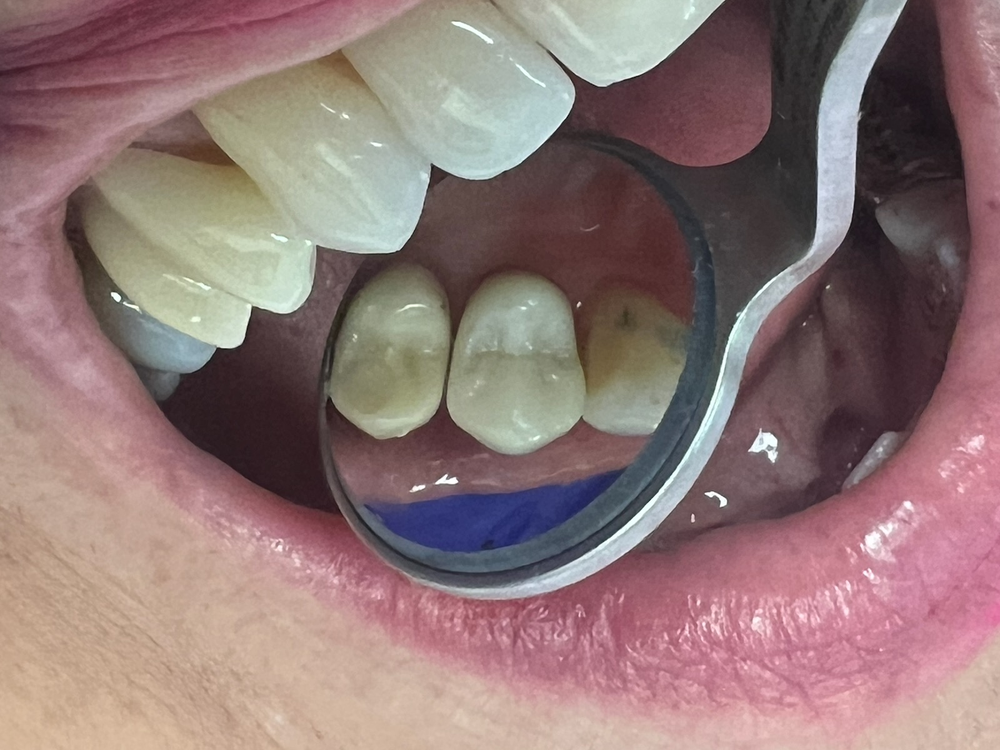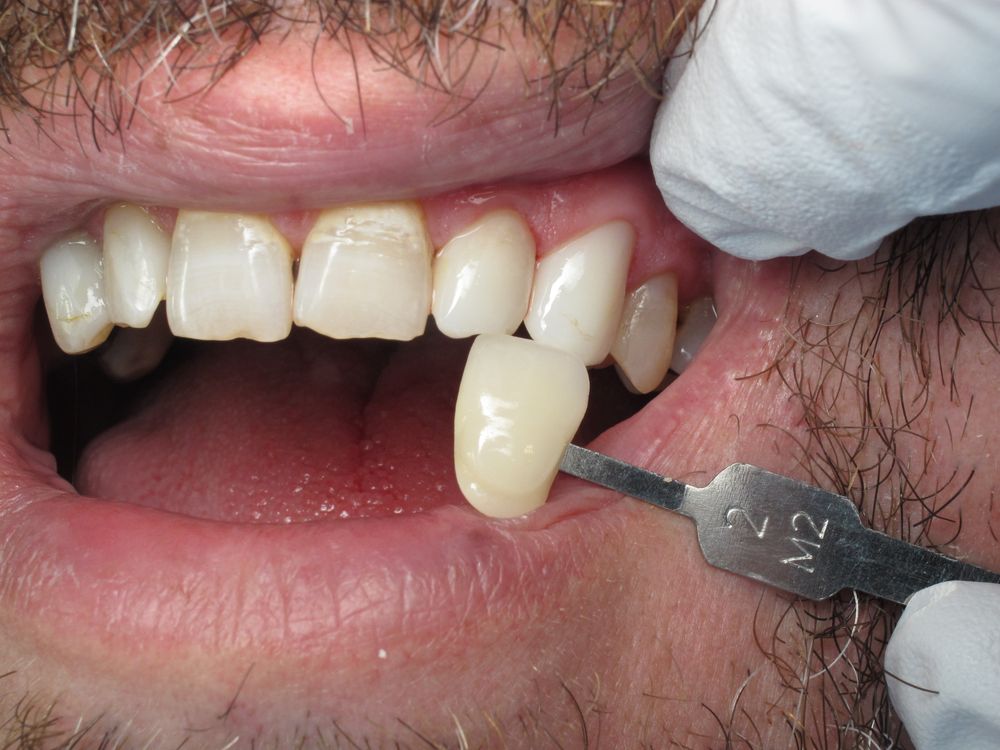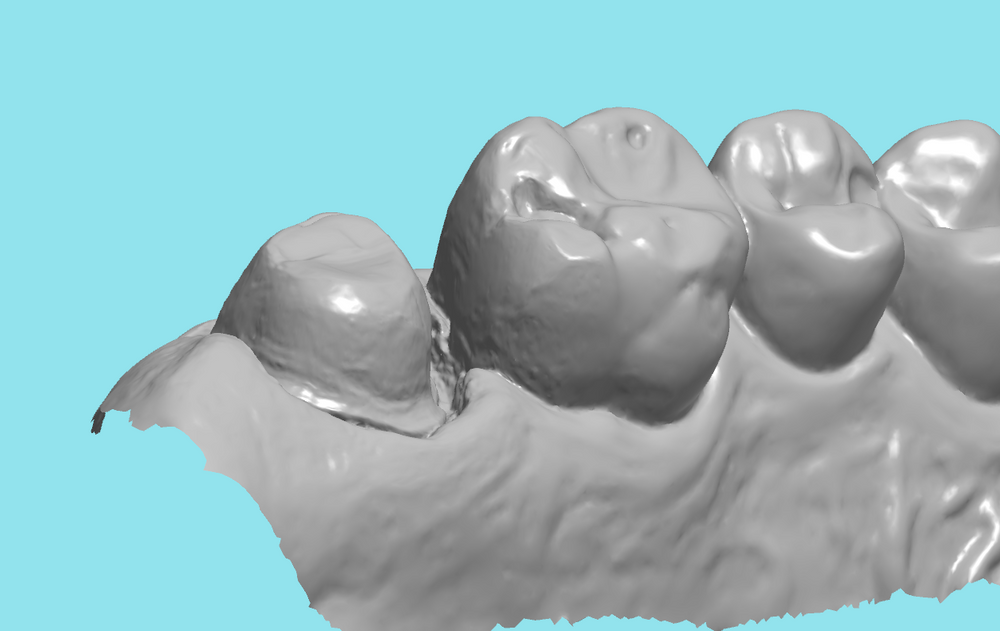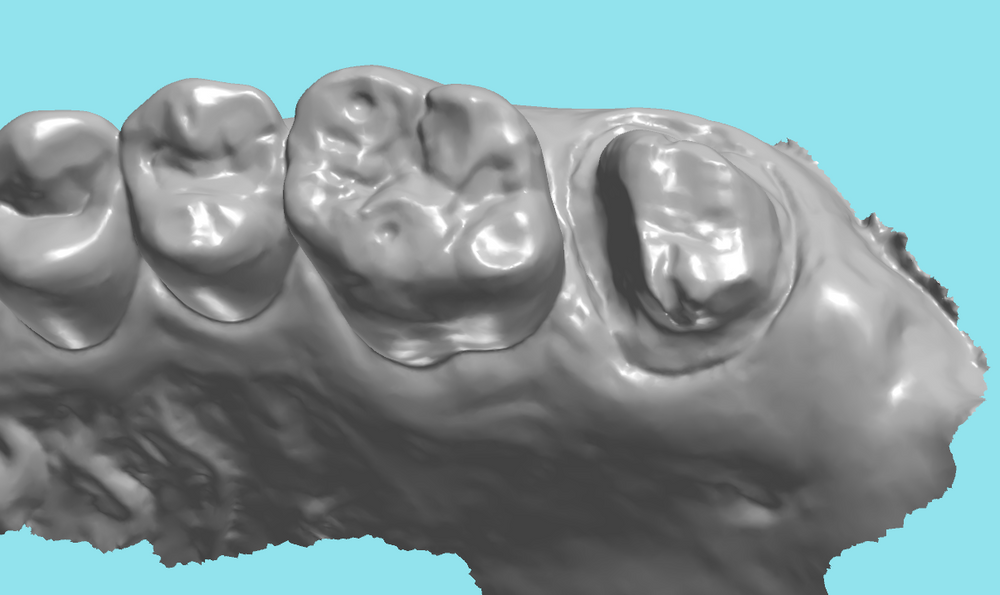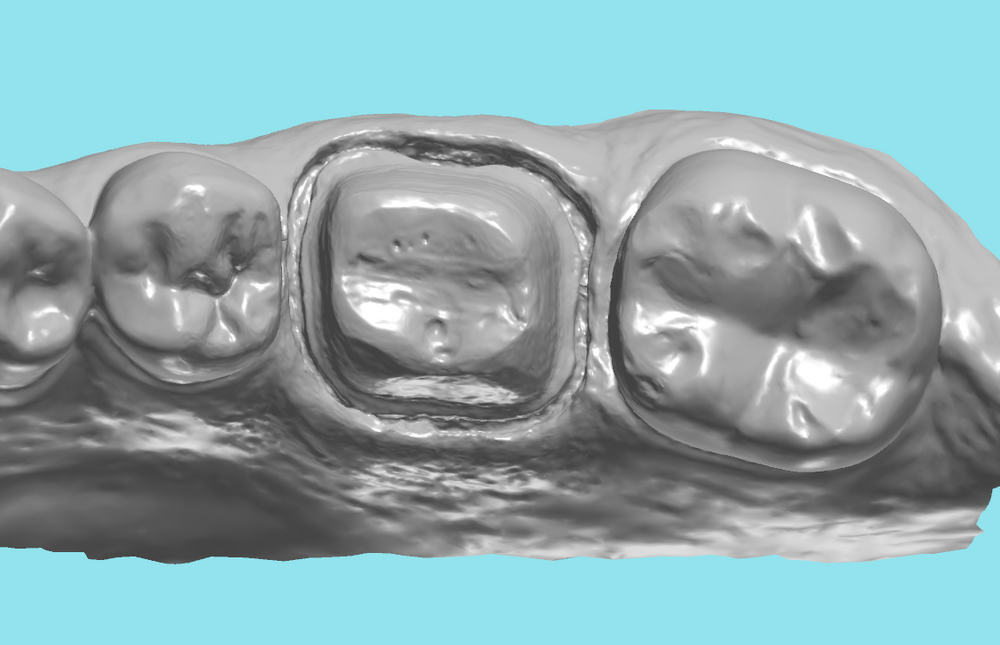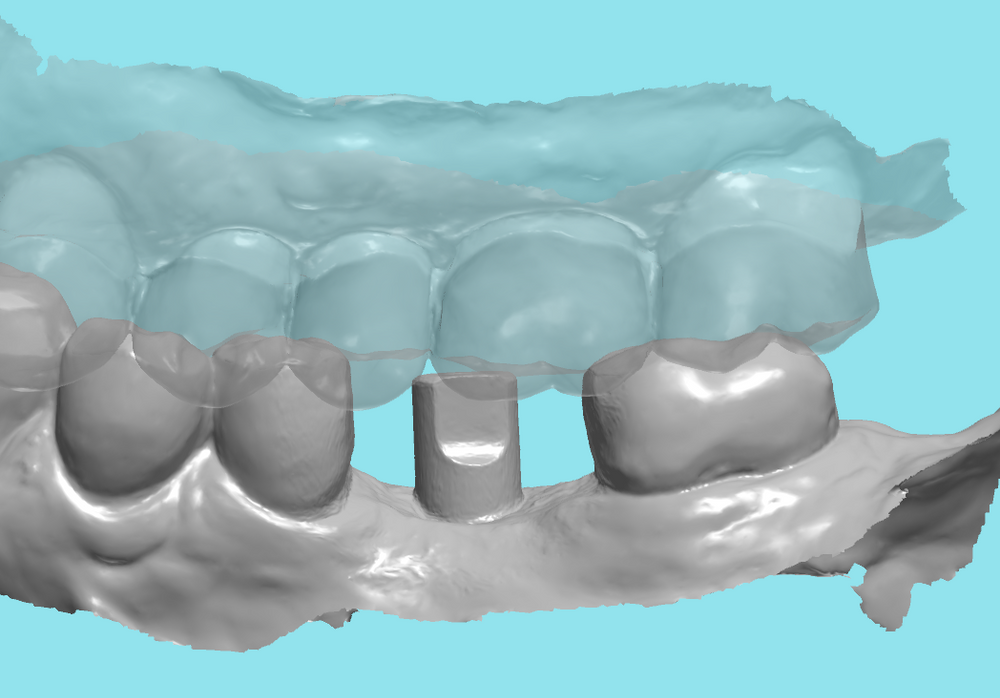Remake Case Protocol
The following protocol discusses how to submit a remake case.
See Common Remake Solutions for additional details.
See Common Remake Solutions for additional details.
-
1Document the problem
- Make notes for the lab with specific details about the reason for the remake and recommendations for the solution.
- Take pictures of the problem
- Open or short margin: picture with crown in place
- Open contact: picture (ideally with a measurement tool visible)
- Shade correction: picture of crown in the mouth with shade tab visible
- Occlusion: picture showing the high or light occlusion

- Fracture: picture displaying the fracture

- Open or short margin: picture with crown in place
- Take the appropriate scan for the remake (see below)
-
2Evaluate for potential improvements
- Make adjacent contacts parallel with the prep and with each other.
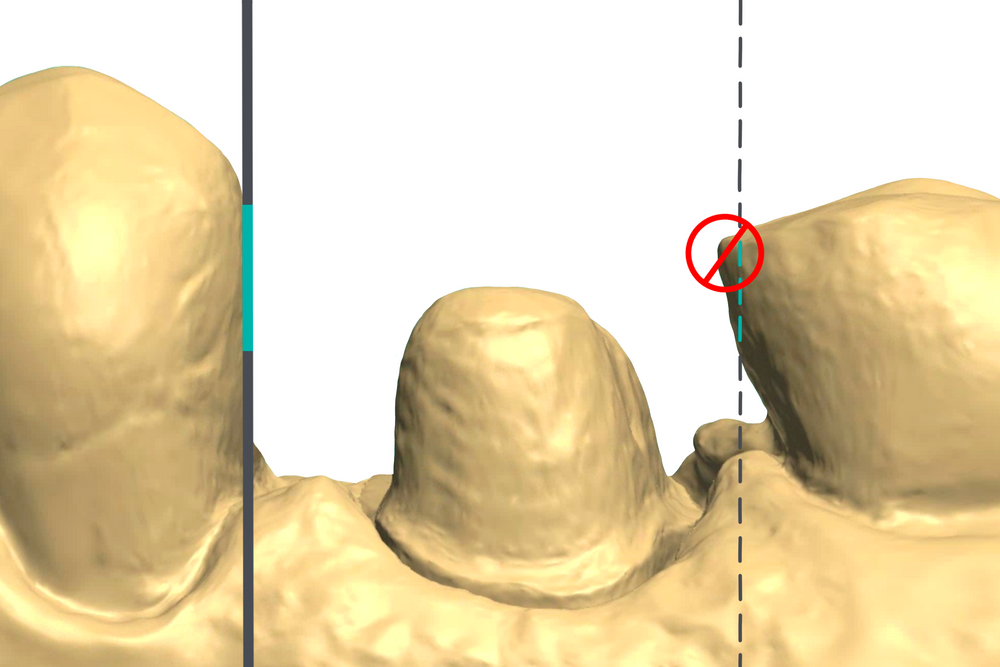

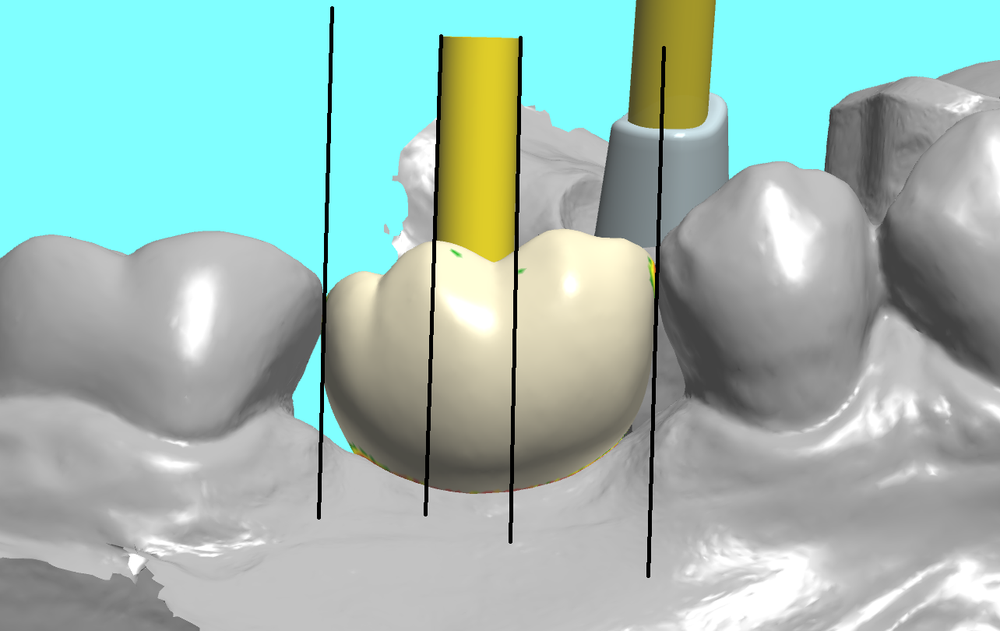

- Smooth adjacent contacts


- Adjust opposing cusp(s) if needed for strength
- Make sure contacts and occlusion on the temp fit ideally (consider a thin foil for marking contact and occlusion adjustments)
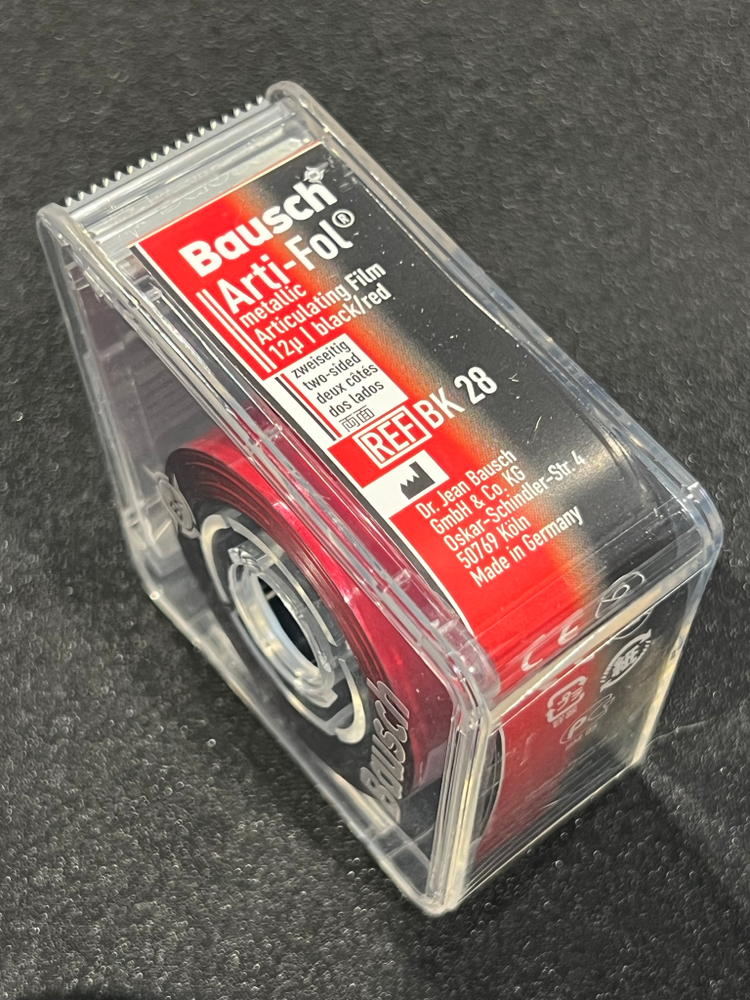
- Check margins for clarity:
- no double margins
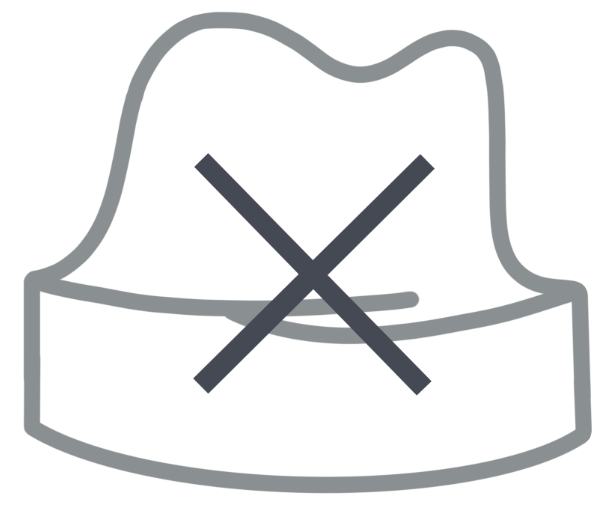
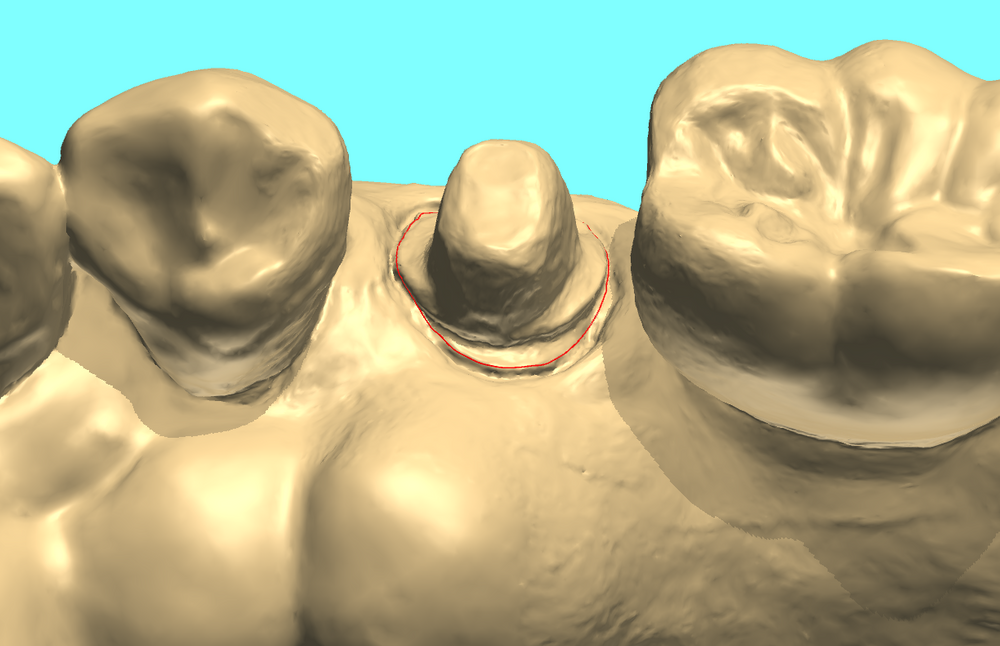
- no feather edge margins
- no double margins
- Check for undercuts that compromise the margins or draw


- Prep a chamber or shoulder with adequate reduction and ensure the walls of the prep are parallel

- Check prep for sharp corners
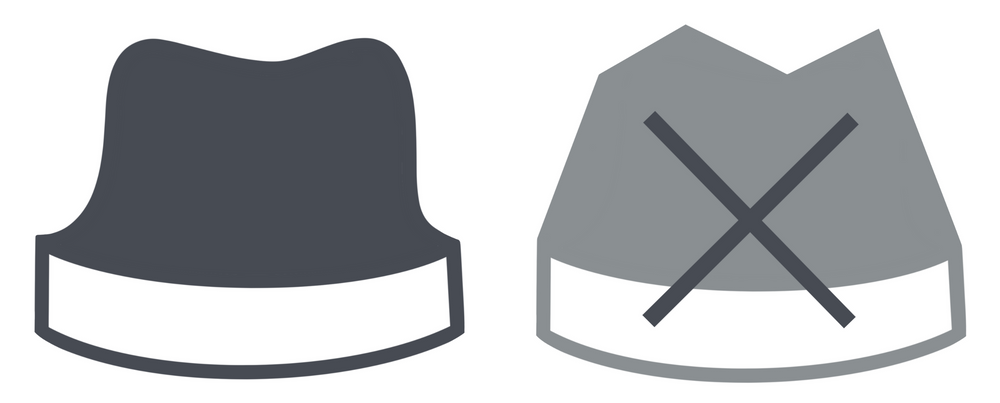
- Check for adequate reduction

- Make adjacent contacts parallel with the prep and with each other.
-
3Take a new scan based on the remake reason
- For contacts: scan adjacent teeth with the prep, but no need to pack cord. If practical, only send the scan needed. Extra scans can cause confusion.
- For occlusion: take a new bite scan (full and complete).
- For margin or prep fit: pack cord to fully expose the margin. Take a complete, new scan if at all practical. A die scan with cord packed is risky but can work if necessary.
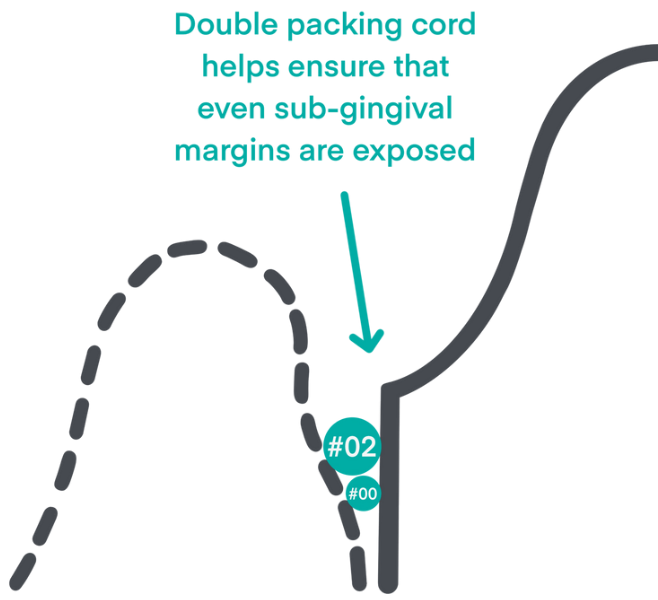
- For implant case: if there is any significant rotation, shift of contact, or occlusal discrepancy, take a new scan body scan; complete, quadrant upper, lower, and bite scan is best. Consider using a new scan body in the re-scan.
- For contour or length: take a scan showing adjacent and contralateral teeth with the crown in place so that the contours can be compared and corrected from the first design and the new one.
- For fracture: take a new scan and pack cord to fully expose the margin. Take a complete, new scan if at all practical. A die scan with cord packed is risky but can work if necessary. We can always remill the old file, but if there is a discrepancy in the scan it is risky.
- For contacts: scan adjacent teeth with the prep, but no need to pack cord. If practical, only send the scan needed. Extra scans can cause confusion.
-
4Send case with everything needed
- Improvements made
- Notes in RX
- Pictures of the problem
- Scan(s) based on the direction above
Did this answer your question?
If you still have a question, we’re here to help. Contact us


